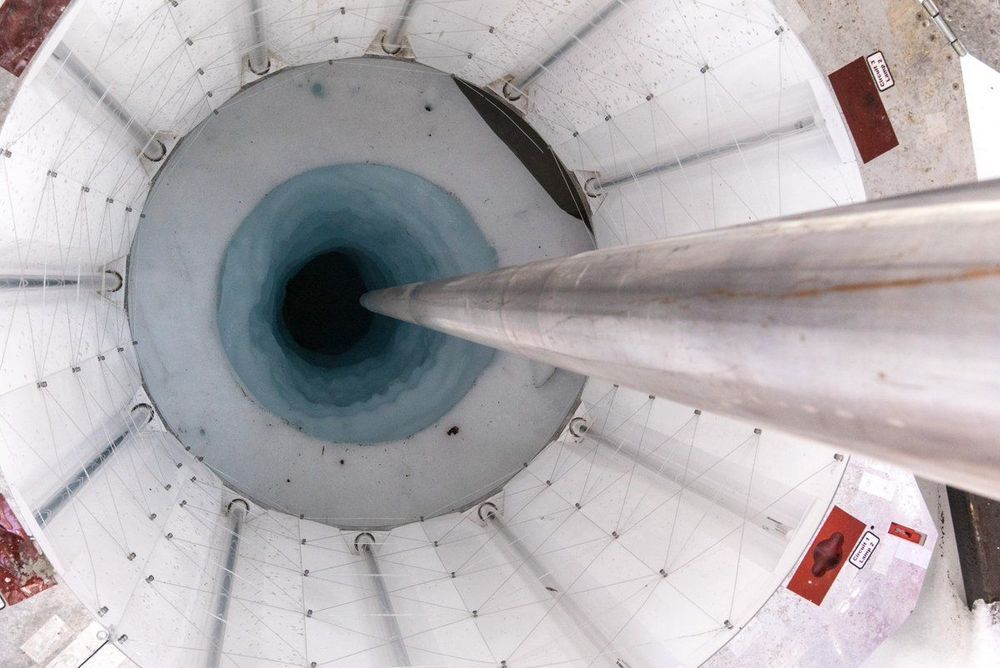
Robots performing automated tasks in uncontrolled environments need to adapt to environmental changes. Through building large collectives of robots, this robust and adaptive behavior can emerge from simple individual rules. These collectives can also be reconfigured, allowing for adaption to new tasks. Larger collectives are more robust and more capable, but the size of existing collectives is limited by the cost of individual units. In this article, we present a soft, modular robot that we have explicitly designed for manufacturability: Linbots use multifunctional voice coils to actuate linearly, to produce audio output, and to sense touch. When used in collectives, the Linbots can communicate with neighboring Linbots allowing for isolated behavior as well as the propagation of information throughout a collective. We demonstrate that these collectives of Linbots can perform complex tasks in a scalable distributed manner, and we show transport of objects by collective peristalsis and sorting of objects by a two-dimensional array of Linbots.
Soft RoboticsAhead of PrintFree AccessLinbots: Soft Modular Robots Utilizing Voice Coils Ross McKenzie, Mohammed E. Sayed, Markus P. Nemitz, Brian W. Flynn, and Adam A. Stokes Ross McKenzieScottish Microelectronics Centre, School of Engineering, Institute for Integrated Micro and Nano Systems,…
Read more


















